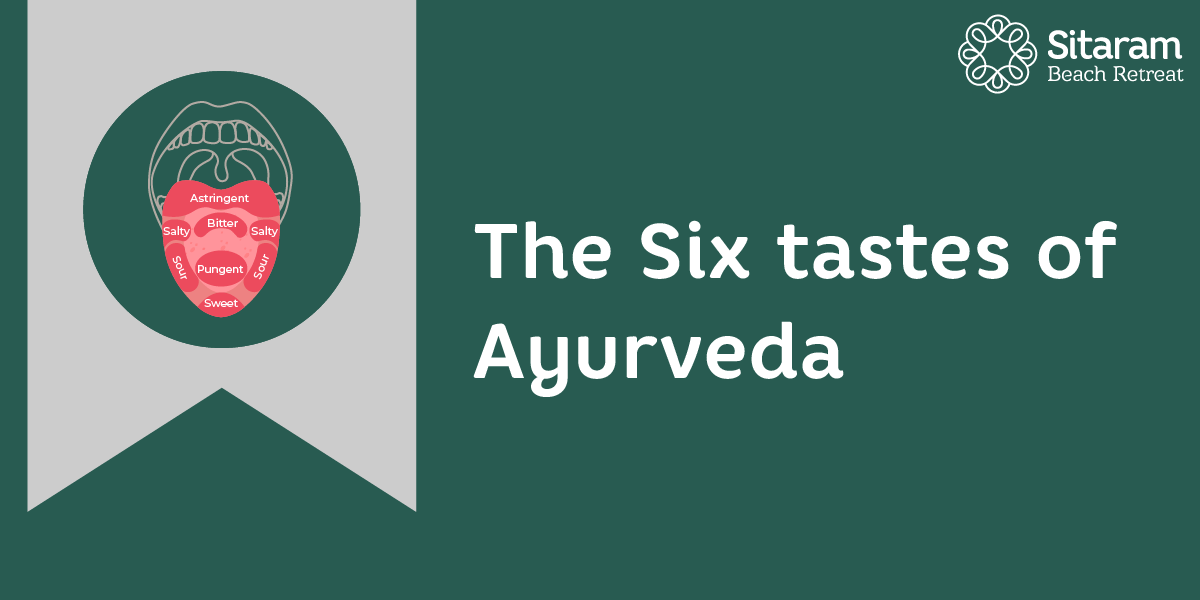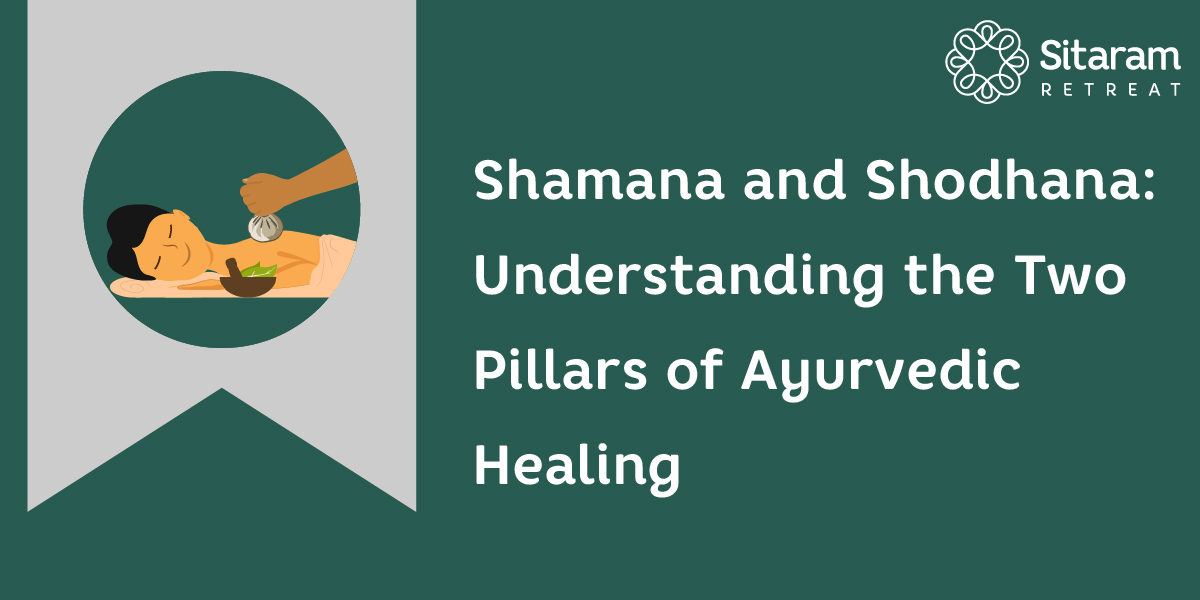The Six Tastes In Ayurveda
By Vignesh Devraj

Ayurveda lays great significance on various tastes. Taste is a combination of experience, enthusiasm, essence, and juice. The six flavors identified by Ayurveda are as follows – sweet, sour, salty, spicy, bitter, and astringent.
Each taste has a unique quality and provides a particular benefit to the body while also playing an important function in indigestion. The experience of eating and tasting the food is made enjoyable by a balance or blend of all of these flavors. Each taste in the aforementioned lists of tastes is a combination of two of the Panchamahabhutas. Their distinct properties are reflected in their primary constituents, which act on the body following the three Dosha s. The sweet flavor, for example, is a combination of earth and water elements, which are the same elements that make up the Kapha Dosha.
How many taste buds are on the tongue?
Interestingly, an average individual has 10,000 taste buds on the tongue and it gets replaced every 14 days or so. But as age progresses few taste cells don’t get replaced. The taste of the meal is the first thing that impresses us as it reaches our tongue. The taste, whether good or unpleasant, acceptable or repulsive, is what determines whether we want to swallow/eat something further. Did you realize, however, that flavor is linked to the digestion of anything we eat? Saliva is the mouth that contains enzymes that aid in the breakdown of food into carbs before it is swallowed. When the brain recognizes one of the six tastes stated earlier, it sends a signal to the gut or digestive system to secrete the precise enzymes needed for proper digestion. It is for this reason that we are always encouraged to pay close attention to our food and relish each bite.
It’s not difficult to get a sense of these six flavors. However, it is important to note that misusing this sense can harm your health and induce digestive system imbalances. For example, if a person with Kapha Dosha eats too many sweets, he may develop obesity and diabetes. Similarly, a person with Pitta Dosha who consumes sour foods may see a rise in digestive issues.
Different types of tastes as per Ayurveda
Sweet taste – Sweet taste, which contains the elements of earth and water, balances Vata and Pitta Dosha in the body while increasing the Kapha Dosha. This is thought to be the most nutritious of the six types of tastes. They are known to provide longevity, strength, and good body fluids when consumed in moderation. But be careful not to overdo it, as it can lead to weight gain, obesity, and diabetes, among other health issues.
Sour taste – It is said to enhance Pitta and Kapha Dosha in the body while decreasing Vata Dosha because it contains the elements of water and fire. Foods with a sour flavor have been shown to stimulate appetite and saliva production. The sour taste is one of the six various types of tastes that exist, and it is believed to activate ideas and emotions while also aiding digestion. It should be consumed in moderation, as it can quickly lead to physical aggressiveness.
Salty taste – Salty taste is made up of earth and fire elements, and it causes Vata to diminish while Pitta and Kapha Dosha s aggravates. Salty taste, one of the six tastes in Ayurveda, helps digestion and tissue cleansing due to its moisturizing nature. However, too much of it might raise blood pressure and have an adverse effect on your skin and blood. As a result, it’s best to consume it in moderation.
Spicy (pungent taste) – Pungent taste is made up of the components of fire and air, and it is the hottest of the six tastes in Ayurveda. It is used to promote digestion, improve appetite, cleanse tissues, and improve blood circulation. Pungent taste also helps to balance Kapha, but if consumed in larger quantities than recommended, it might increase Pitta and cause other health problems. When sweet, sour, or salty meals are coupled with Vata, the result is a pungent taste.
Bitter taste – Bitter taste on the tongue is the coolest of the six tastes and is composed of the components of air and space. It is naturally cleansing and purifying, and it aids in the removal of waste and poisonous material from the body. Bitter tastes are ideal for Pitta and Kapha Doshas and are least good for Vata Dosha bodies.
Astringent – This flavor is described as chilly, solid, and dry, and is made up of air and earth elements. People with Vata should avoid foods with astringent flavors because they can cause gas problems. It is beneficial to persons who have a Pitta Dosha.


 retreat@sitaramayurveda.com
retreat@sitaramayurveda.com +91 813 8888 912
+91 813 8888 912





